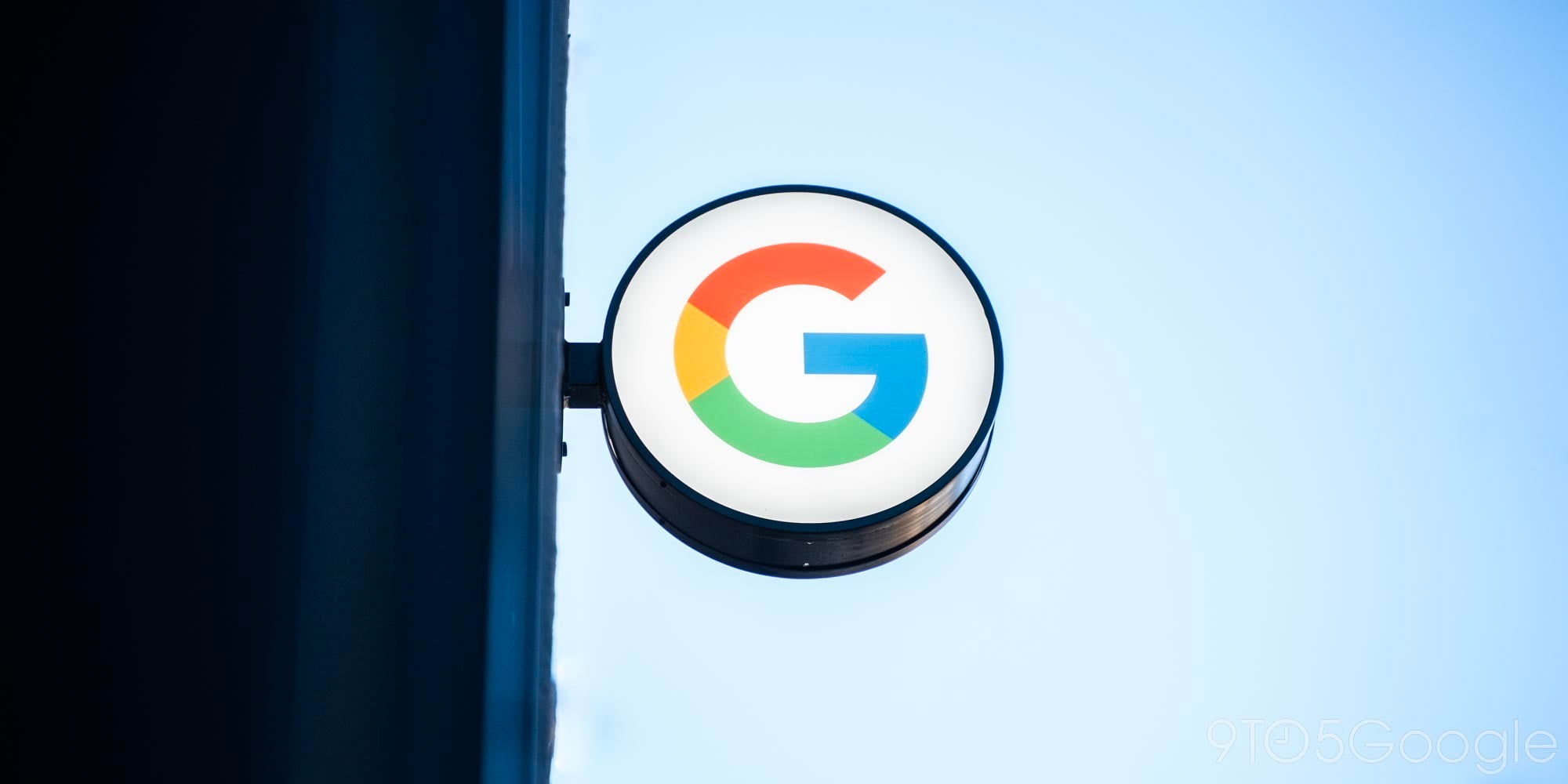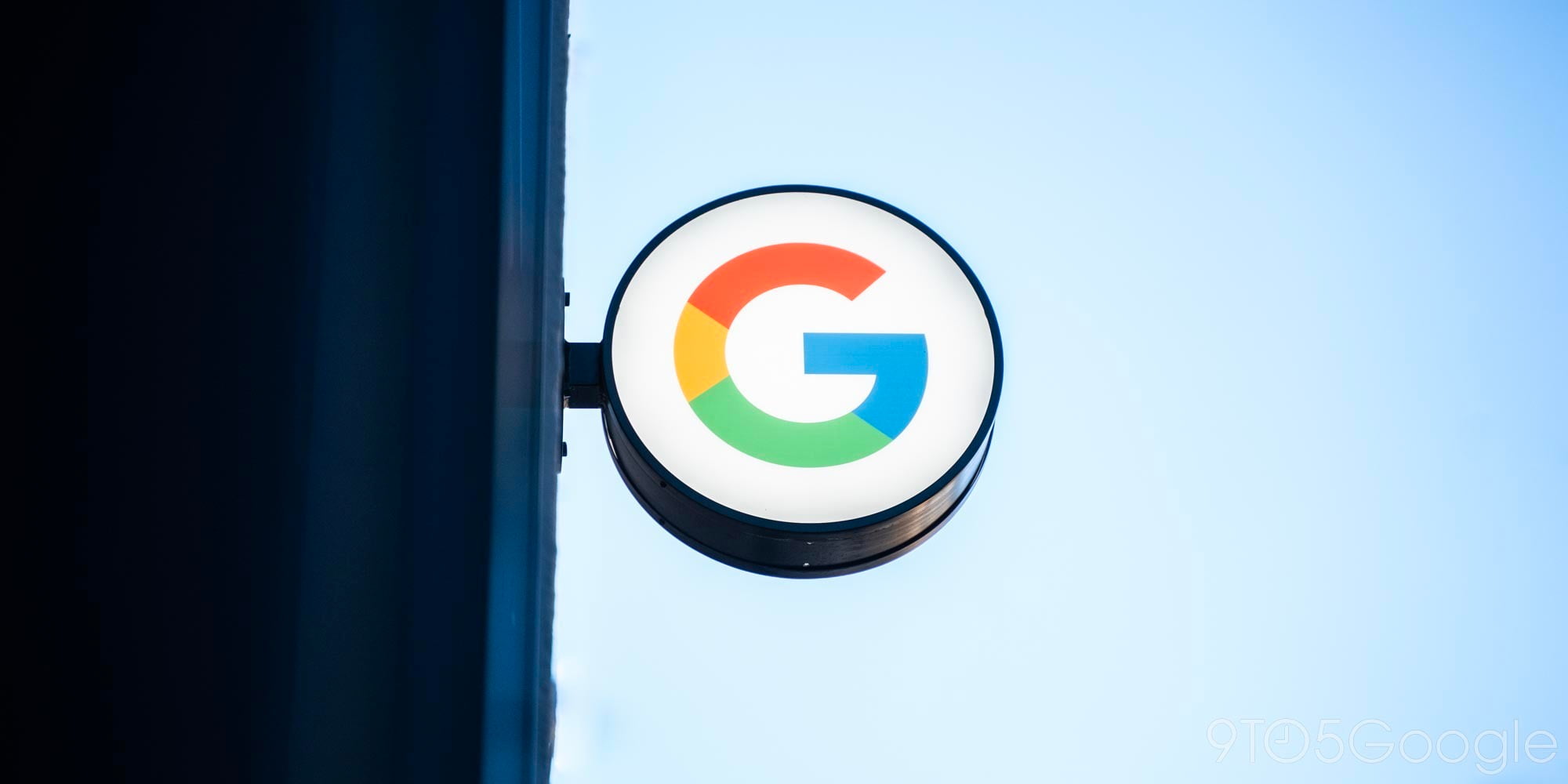
Earlier this year, Google introduced a quieter permissions UI for denying notification requests. Chrome 84 in July will automatically block intrusive notifications and other prompts on abusive sites.
According to Google, abusive notification prompts are “one of the top user complaints.” There are two distinct sets of issues:
- Permission request issues are requests designed to mislead, trick, or force users into allowing notifications. One example of this is websites that require users to allow notifications in order to gain access to site content or that are preceded by misleading pre-prompts.
- Notification issues include fake messages that resemble chat messages, warnings, or system dialogs. They also include phishing attacks, an abusive tactic that tries to steal or trick users into sharing personal information, and malware notifications that promote or link to malicious software.
With Chrome 84, Google is combating the problem by preventing sites with abusive permission requests or notifications from throwing up those prompts. The browser will specifically enroll those sites into the quieter notifications UI introduced in February.
On desktops, affected pages that send an alert will show a crossed-out bell icon in the address bar. Tapping warns how “the site may be trying to trick you into allowing intrusive notifications.” Chrome for Android will also slide up a bar that says “Notifications blocked,” with the goal of discouraging users from granting that page the ability to show alerts — “Continue blocking.”
Google notes that a “large percentage of notification requests and notifications come from a small number of abusive sites.” In applying this change, the company expects the “impact on notification volumes will be significant for some users.” In July, only new notification requests will be blocked, but Chrome might later extend protections to those that have already granted permission.
FTC: We use income earning auto affiliate links. More.




Comments